Introduction:
Scrum is a simple framework that enables individuals, teams, and organizations to create value by allowing them to respond to various circumstances. The Scrum Guide was published by Ken Schwaber and Jeff Sutherland, the co-creator of Scrum, to teach Scrum simply. The definition of Scrum can be found in this guide. Scrum’s accountabilities, events, products, and the rules that bind them together are all included in this concept.
Scrum is a simple framework for collaborating effectively on big software projects in a small team. The Scrum Framework poster depicts how Scrum is implemented at the team level within a business in a graphical format.
In a nutshell, Scrum requires a Scrum Master to create an environment in which
- a Product Owner assigns work to a Software Product for a complex problem.
- During a Sprint, the Scrum Team turns a choice of work into higher rewards.
- The Scrum Team and its stakeholders analyse the data and make any necessary adjustments for the next Sprint.
- Repeat
Scrum is a basic method. It’s the polar opposite of a large collection of interconnected components required. Scrum is not a process. Scrum employs realism as a scientific method. Scrum is a heuristic technique for dealing with uncertainty and addressing complicated problems that replaces a programmed algorithmic approach with respect for people and self-organization.
We highly propose that you refer to learn more about the Scrum framework, determine which of these terms are essential Scrum elements, and understand how the stated factors are connected.
Do you want to know how to ace a Scrum interview? Don’t be worried! I have created a list of Scrum interview questions and answers that you may encounter during your interview. These Scrum Master interview questions and answers will prepare you with the various types of questions you may encounter during your Scrum interviews, such as Scrum roles, events, and artefacts. The expert-curated list of Scrum interview questions below might help you land your next dream job as a Scrum Master, Scrum Project Manager, or other Scrum-related jobs.
Top 30 Scrum Master Interview Questions and Answers
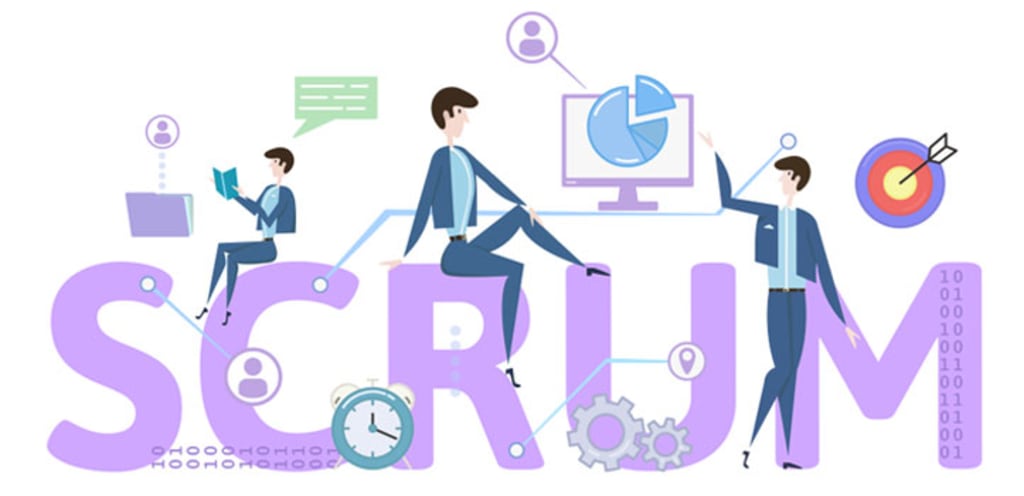
Q.1 What exactly is Scrum?
Scrum is an Agile framework for facilitating teamwork. Scrum allows organisations to learn and grow, personalities while working on challenges, reflect on their successes and failures, and make improvements by empowering them to learn from their mistakes. This Agile Scrum interview question is commonly used to get the conversation started.
Q2. Define the Scrum roles.
- Product Owner: The product owner is responsible for increasing ROI by identifying product features, arranging these objects into a list, choosing what should be prioritised for the next sprint, and much more. Regularly, these are re-prioritized and updated.
- Scrum Master: This professional assists the team in learning how to use Scrum to maximise business value. The scrum master removes obstacles, keeping the team focused, and help the organization implement agile techniques.
- Scrum Team: A Scrum Team is a group of people who work together to assure that the stakeholders’ requirements are met.
Q3. What are the Scrum Team’s responsibilities?
Scrum Teams are self-organizing groups of five to seven people who work together to solve problems. Their responsibilities are as follows:
During each sprint, working products must be developed and delivered.
For the job assigned to team members, ownership and transparency must be assured.
To develop a great daily scrum meeting, accurate and adequate information must be supplied.
They must work together with the rest of the team and with themselves.
Q4. What are the benefits of implementing Scrum?
The benefit of scrum is that
- It reduces risk in reaction to system changes,
- Enhances ROI (return on investment),
- Enhances the process while doing the test.
- It analyzes genuine working software on a regular and speedy basis.
- Anyone may see real-world software in action and continue to improve it for the next edition.
Q5. What are the Scrum process artefacts?
Artefacts of the Scrum process include
- Backlog for sprint
- Backlog of products
- Chart of speed/Velocity
- Chart of the burn-down
Q6. Who exactly is a Scrum Master?
A Scrum Master is a team member who promotes and supports the use of Scrum.
He or she is familiar with Scrum’s theory, processes, principles, and values.
Q7. In Scrum, what is the role of the scrum master?
- Removes any hurdles in the team’s way of achieving its sprint goals.
- Enhancing the team’s productivity
- Ensure that the scripting language used for system and unit testing is the same.
- Assists the team and the product owner in making their procedures more productive.
- Ensures that all scrum recommended practices are followed.
Q8. What is the duration of a scrum cycle? In the Scrum cycle, who is involved?
The Scrum cycle is defined by the project on which the team is working. It usually takes anywhere from 2-4 weeks to nearly a month. It involves a Scrum Master and a Product Owner Team in the scrum cycle.
Q9. Define the product backlog In Scrum.
Before the scrum sprint begins, the product owner goes over the list of new features, change requests, enhancements, and bug reports to see which ones are most important. If the project is new, it will include new features that the new system will need to deliver; this list of items is known as the Product Backlog. Sprint Backlog refers to the items that are kept on sprint.
Q10. What are the disadvantages of using Scrum?
- Planning, organising, and structuring a project with no defined aim will be difficult for an Agile scrum master.
- Daily scrum meetings need frequent reviews and a significant amount of resources.
- The maturity and dedication of all team members are essential for a successful project.
- During the scrum cycle, there is still uncertainty about the product, frequent modifications, and frequent product delivery.
- It exposes every dysfunction
- needs considerable transformation.
Q11. What precisely is a Scrum Sprint?
Scrum projects are created by a series of “sprints.” In scrum methodology, it is a repeatable and regular work cycle during which work is accomplished and kept ready for review.
Q12. What is the optimal Sprint duration? What impact does it have on the workflow?
In Scrum, a sprint normally lasts 30 days or two weeks. For various reasons, two-week sprint planning is ideal. Firstly, it enables the team to estimate, plan, and accomplish the work in two weeks. Secondly, it offers the product owner enough time to shift priorities more frequently, allowing the team to respond swiftly to market demands.
Q13. What occurs during Daily Stand-up sessions?
Stand-up sessions are 15-minute discussions that take place daily. Daily stand-up sessions help in the understanding of:
- What tasks were successful?
- What tasks were completed?
- What tasks are remaining, and when will they be completed?
- The challenges that the team is up with
The meeting aids in the grasp of the project’s overall scope and status. After the stand-up sessions, more discussion can take place.
Q14. What exactly is Scrum-ban?
- Scrum-ban is a mixed approach that combines Scrum and Kanban. Scrum-ban can be utilised to fulfil the demands of the team, reduce work batching, and implement a pull-based approach.
- It cleverly combines Scrum’s structure with Kanban’s flexibility and visualisation.
Q15. What is ‘Scrum of Scrums’?
It is a technical term used for scaled agile technologies, which is designed to handle and cooperate with multiple scrum teams. It works best in situations where teams are working together on complex projects.
It’s also used to make sure levels of transparency, cooperation, adaptability, and adoption are met, as well as that the goods are distributed and fulfilled.

Q16. In a Sprint Retrospective, what happens?
Just after sprint review, the sprint review takes place. During this meeting, past mistakes, key risks, and new ways to deal with them are discussed. This data is then incorporated into the planning of newsprint.
Q17. In Scrum, what is Empirical Process Control?
- Work that is based on facts, experiences, data, observations, and experimentation is referred to as empiricism. It is established and implemented in Scrum to ensure that project progress and interpretation are based on facts.
- Transparency, observation, and adaptation are key components.
- To attain the agility required by the organisation, the team’s thinking, as well as a shift in thought process and culture, are required.
Q18. What are some of the disadvantages of using Scrum?
- Scrum demands the involvement of employees with prior experience.
- Teams must work together and be determined to achieve goals.
- A scrum master with inadequate experience might result in the project’s failure.
- Tasks must be clearly stated, or the project will be full of errors.
- It is ideally suitable for smaller projects and more difficult to expand to larger, more complex ones.
Q19. What are the key qualities of a Scrum Master?
- An understanding of agile and scrum methodologies
- Organizational skills that are fine-tuned
- Familiarity with the team’s technology
- Coach and train the team in Scrum practices
- Being able to handle conflicts and resolve them quickly
- To serve as a leader
Q20. Describe Velocity.
- A sprint’s velocity is a measure of the amount of work completed by a team.
- It is the number of user stories that have been completed during a sprint.
Q21. What exactly is a Sprint?
- In Scrum, sprints refer to a time-boxed iteration.
- In a sprint, a specific module or feature of the product is developed.
- Sprints usually last a week or two.
Q22. What are the responsibilities of the Product Owner?
- Defining the vision for the project
- Creates user stories based on the needs of the customer
- Assesses the progress of the project
- Assists with all questions regarding products
Q23. What is the difference between a burnup and a burndown chart?
- A burnup chart is a tool for tracking completed work and representing the overall amount of work that needs to be done for a sprint/project.
- A burndown chart indicates how quickly user stories are completed. It compares the total effort to the quantity of work completed in each iteration.
Q24. What are some of the risks of Scrum? What is the process of dealing with them?
The following are some examples of Scrum risks:
- Budget: The risk of exceeding the budget.
- People (group): Team members must have the necessary skills and abilities.
- Sprint (period and deadlines): Going beyond the timeframe, expanding the scope of work
- User stories and epics are examples of products. User stories and epics that aren’t well-defined
- Possessing the required knowledge and skills.
Identifying, assessing, evaluating, developing, and executing risk responses, as well as managing and monitoring them, are all part of risk management. These are performed continuously from the beginning to the end of the project. It is important to recognise that the risk’s impact is determined by the risk’s proximity to its actual occurrence.
Q25. In a Scrum project, how is estimation done?
- The difficulty of user stories is used to assess them.
- The difficulty of the user stories is evaluated using a particular scale.
The following are some examples of scales:
- Sizing by Numbers (1 – 10)
- Sizes of T-shirts (S, M, L, XL…)
- The Fibonacci Sequence (1, 2, 3, 5, 8,…)
- Breeds of dogs (Great Dane, Chihuahua, etc.)
Q26. What is the best way to deal with Score Creep?
Score creep is when a change occurs without assessing its impact on scope, time, cost, and other factors.
Here’s what you need to do to deal with it:
- Regularly, there is a close eye on the work that is being done.
- Understanding and presenting the vision to the team, as well as ensuring that everyone is on the same page.
- Capturing and reviewing project requirements regularly (against what is delivered) to inform the team and the client of the signed-off needs.
- Assuring that any changes made go via change control and are implemented based on change request approval.
- Gold plating should be avoided.
Q27. How does a Scrum Master keep a track of Sprint progress?
- Scrum meetings are held every day.
- Retrospectives on Scrum
- Planning for a sprint
- Defects that have escaped detection
- Density of defects
- Burnout during the sprint
- The team’s speed
Q28. What is DoD?
- The set of deliverables known as the Definition of Done (DoD) contains written codes, comments on coding, unit tests, testing and integration, design documentation, release notes, and so on. This provides project development with measurable and demonstrable advantages. The Defense Department is quite beneficial to scrum when it comes to identifying deliverables that will assist the project reach its goal.
- It assists with:
- Identifying the steps required to complete the iteration
- The use of relevant methods, such as burndown, to enhance the process efficiency
- Providing timely input at all the project’s life cycle
- Assuring that the product backlog materials are properly walked through and understood.
- The development of a checklist for the backlog items in the product
- Assuring that the Department of Defense is defined in such a way that it is task-oriented
- Participating in the sprint review and retrospective with the product owner
Q29. What is the difference between MVP and MMP?
- The concept of a minimum viable product (MVP) is a Lean Startup concept that emphasises the importance of learning while developing a product. This enables one to test and understand the concept by introducing target consumers and users to the initial version. To accomplish this, one must first gather all relevant data and then learn from it. The MVP concept is to create a product, provide consumers access to it, and evaluate how the product is used, perceived, and understood. This will also give a better idea of what the needs of company clients or users are.
- The MMP (Minimal Marketable Product) refers to the product’s description, which includes a small number of characteristics that meet the users’ expectations. The MMP would also assist the company in reducing time to market.
Q30. What is the best way to organise several teams?
- The Scrum of Scrums (SoS) meeting is one of the most common techniques for this, in which members from each scrum team discuss progress, performance, problems, risks, and so on.
- These meetings must have a defined frequency. Scrum masters usually represent a specific scrum team, with the Chief Scrum Master (whose role is to coordinate and collaborate across all scrums) facilitating these meetings.
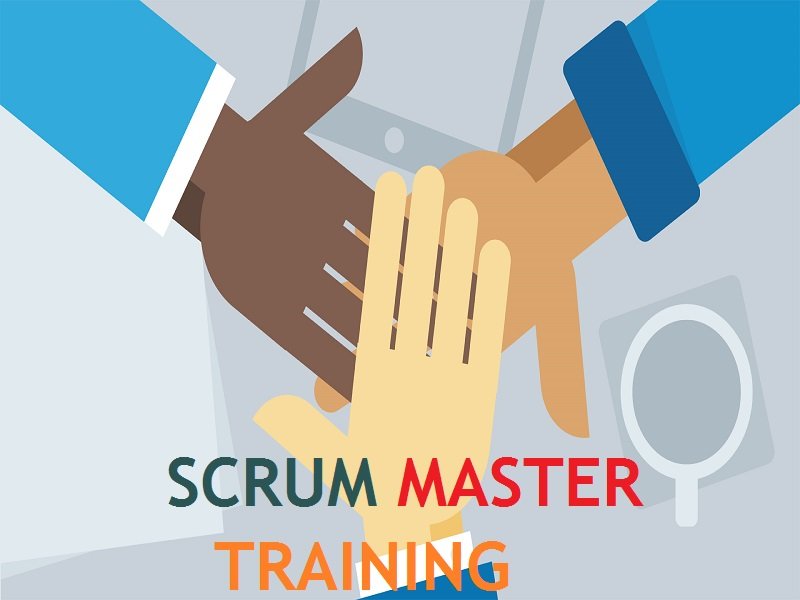
HENRY HARVIN- CERTIFIED SCRUM MASTER TRAINING – CSM®
The Scrum Master framework is presented in the Certified Scrum Master Training Course. The Scrum Alliance CSM® Course can assist candidates in effectively managing agile projects. Additionally, using Scrum methods helps them in expanding their career in many business fields.
Join Henry Harvin’s Elite Agile & Scrum Academy and join a global alumni network of over 3,00,000 people.
Certified Scrum Master Training Curriculum:
- Module 1: Agile & Scrum Overview
- Module 2: Three Roles in Scrum
- Module 3: Scrum Ceremonies
- Module 4: Scrum Artifacts
- Module 5: Sprint Execution
- Module 6: Define Done and Acceptance Criteria, as well as Define Ready
- Module 7: Release Planning
- Module 8: Burndown Chart for Sprints and Release Burn-up Chart
- Module 9: Product Planning
- Module 10: User Stories and Agile Estimation
- Module 11: Planning Poker
- Complementary Module 1: Soft Skills Development
- Complimentary Module 2: Resume Writing
Course Fee: 17500 INR
The batch starts every week.
Conclusion:
Scrum is a simple method. It’s the opposite of a large collection of interconnected components required. Scrum is not a process. Scrum incorporates empirical as a scientific method. Scrum is a systematic method to deal with unpredictability and solving complicated problems that replaces a programmed algorithmic approach with respect for people and self-organization.
Scrum is a simple framework for collaborating effectively on large software projects in a small team.
Scrum is an Agile framework for promoting teamwork. Scrum enables the team to learn from their mistakes, self-organize while working on issues, reflect on their successes and failures, and make improvements by enabling them to learn from their mistakes.
These Agile Scrum interview questions are frequently used to get the conversation started.
Scrum has been widely accepted and used by a wide range of businesses throughout the world.
FAQs:
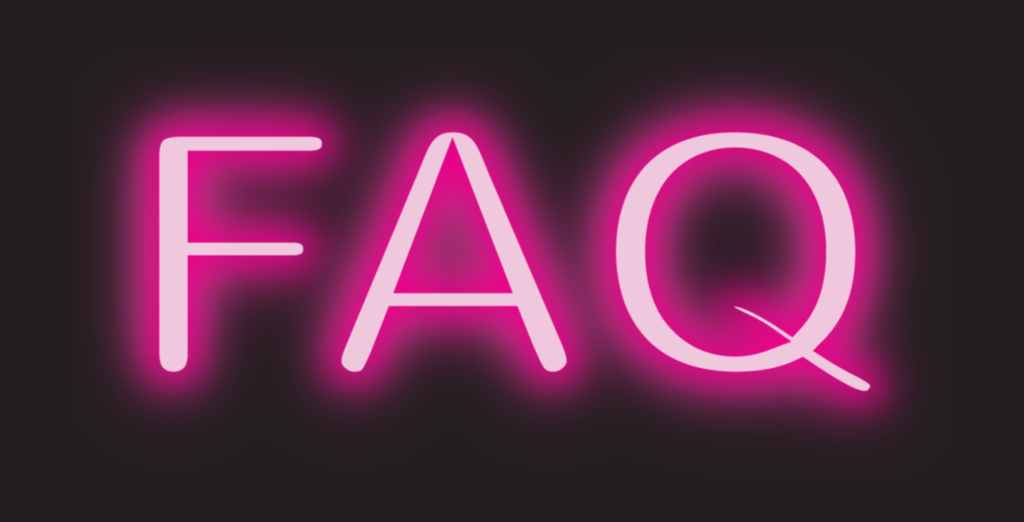
CSM Training does not require any prior qualifications.
Yes, being a Scrum Master is a difficult job because they have to deal with critical issues. They plan meetings, prepare reports, keep track of progress, and update status.
Scrum Master roles and responsibilities do not require coding knowledge.
Scrum Master is helpful to IT professionals since it gives an insight into Scrum roles and processes. It could be beneficial to the team.
Scrum is an excellent career option because it is in demand these days. Scrum is a software development and other project management framework for executing agile processes.

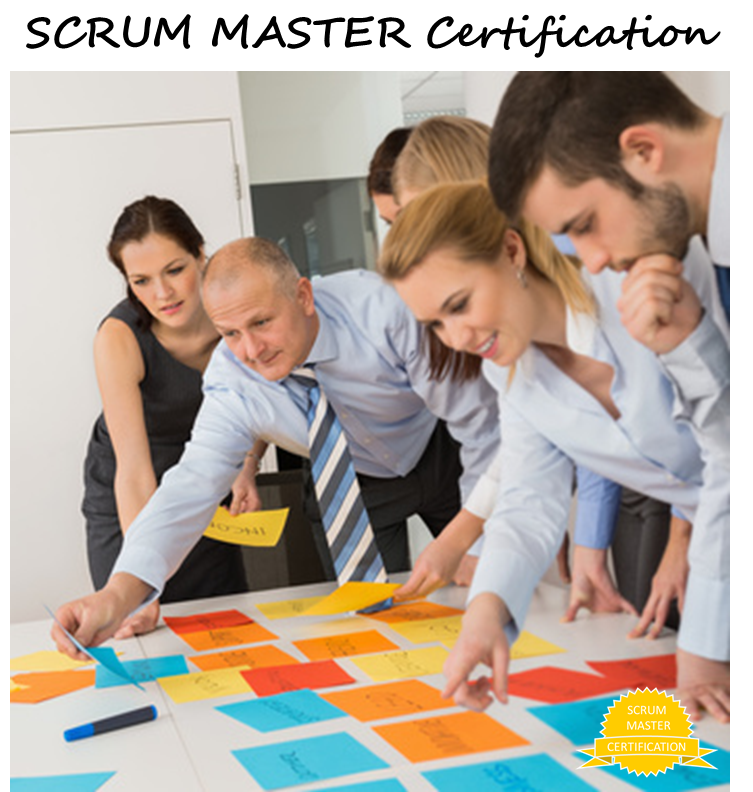


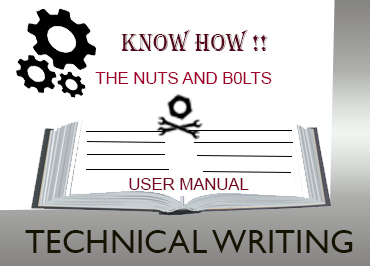

Recent Comments